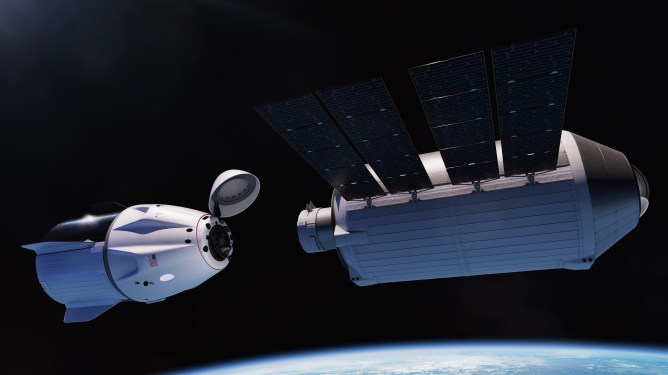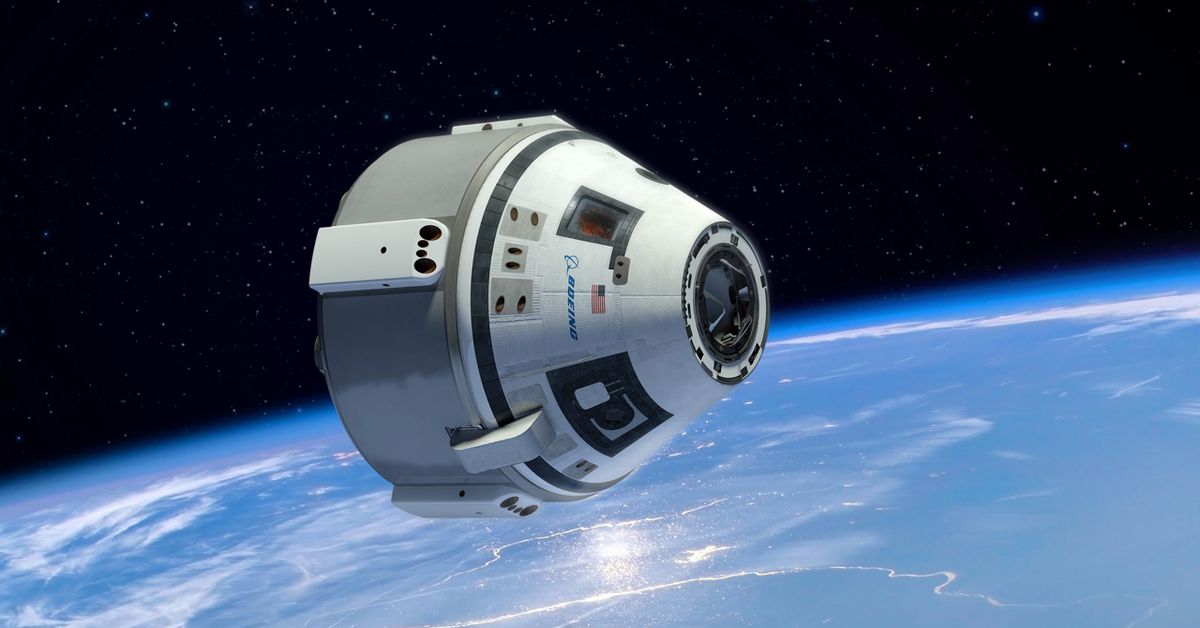Vastis, a commercial space station company, is building a private microgravity research lab as part of its wider Haven-1 station plans. The module is set to launch no earlier than the second half of 2025, according to the company.
A New Platform for Microgravity Research and Manufacturing
The lab includes 10 payload slots that are equivalent to 10 ‘middeck lockers’ on the International Space Station (ISS) — a standard payload container measurement on the ISS. Each of those slots, roughly the size of a microwave oven, can accommodate payloads up to 30 kg (66 lb) while providing 100W of continuous power and Ethernet data connectivity.
Similar to the ISS, the payloads will be operated by a crew onboard Haven-1, and researchers will be able to return samples or products from the lab via capsules like SpaceX’s Dragon. Those astronauts will be assisted by ground operators via Starlink laser links. (Vast announced its partnership with Starlink in April.)
"The ISS may be on its way to be retired in 2030, but the institutional knowledge deserves a new platform for future microgravity research and manufacturing innovation," Vast CEO Max Haot said in a statement. "Our Haven-1 Lab is designed to provide that bridge well before the eventual retirement of ISS."
First Partners Announced
Vast is bringing on Redwire Space and European space biotech company Yuri as its first partners in the lab. Both firms have extensive experience operating on the ISS. It’s notable that Vast pursued a European-based company as an early partner — earlier this summer, Vast made a strong gesture of intent toward more collaboration with the continent when it signed an MoU with the European Space Agency for future Vast stations.
Replacing the ISS
Haven-1 is a serious stab at replacing the ISS, which has hosted hundreds of science and research experiments over its operational life. Even though commercial space stations attract a lot of attention for their potential as space tourism destinations for the space farers of the future, their bread-and-butter services will likely still be research-based for quite a while.
But the research may look very different than what’s been onboard the ISS. Space is limited on the station and NASA and its partners evaluate potential experiments for their scientific value. There are also limits on crew time. As a commercial venture, Vast’s lab and others like it may have different priorities.
NASA’s Encouragement
NASA is likely encouraged to see a commercial station provider with plans to launch so soon. Agency officials have repeatedly expressed a desire for an overlap between the ISS — which is due to retire by the end of the decade — and private stations on orbit.
The Future of Commercial Space Stations
Commercial space stations are becoming increasingly important, not just as potential destinations for space tourists but also as research platforms. The ISS has been in operation since 1998, and while it will continue to operate until at least 2030, there is a growing need for alternative research platforms.
Vastis’ Haven-1 station is one of several commercial space stations currently under development. Blue Origin’s Orbital Reef, Axiom Space’s Axiom Station, and Nanoracks’ Bishop are just a few examples of the many companies working on commercial space stations.
Why Commercial Space Stations Matter
Commercial space stations offer a range of benefits over traditional government-run research platforms like the ISS. They provide more flexibility in terms of payload capacity and can accommodate a wider range of experiments.
Additionally, commercial space stations are often designed to be more efficient and cost-effective than their government-run counterparts. This is because private companies are incentivized by profit rather than bureaucratic red tape.
The Role of Partnerships
Partnerships between companies and research institutions will play a crucial role in the development and operation of commercial space stations like Haven-1. By partnering with experts in various fields, Vast can ensure that its station is equipped to handle a wide range of experiments and research projects.
Redwire Space and Yuri are both excellent examples of partners that Vast has brought on board for its lab. Redwire has extensive experience operating on the ISS, while Yuri brings expertise in space biotechnology.
The Impact of Commercial Space Stations
Commercial space stations like Haven-1 will have a significant impact on the field of space research. By providing a new platform for microgravity experiments and manufacturing, they will enable researchers to conduct studies that were previously impossible or impractical.
Additionally, commercial space stations will provide opportunities for new industries and applications to emerge. For example, space-based manufacturing could become a major industry in its own right.
Conclusion
Vastis’ Haven-1 station is an exciting development in the field of commercial space stations. With its lab module set to launch no earlier than the second half of 2025, Vast is taking a significant step towards creating a new platform for microgravity research and manufacturing.
By partnering with experts like Redwire Space and Yuri, Vast can ensure that its station is equipped to handle a wide range of experiments and research projects. The impact of commercial space stations like Haven-1 will be significant, enabling researchers to conduct studies that were previously impossible or impractical.
As the field of space research continues to evolve, it will be exciting to see how companies like Vastis contribute to its growth and development.




